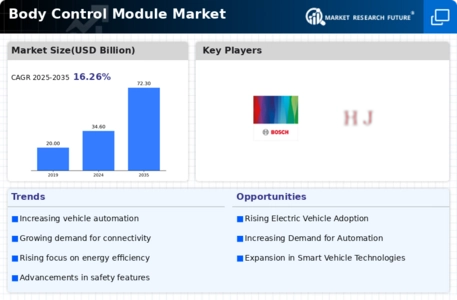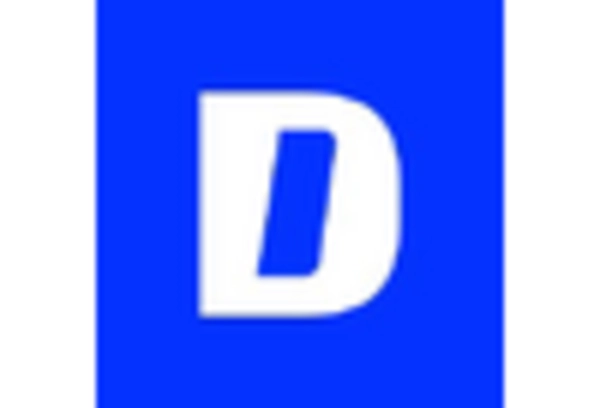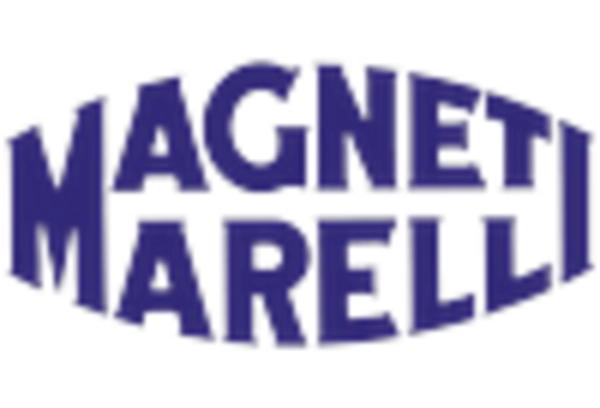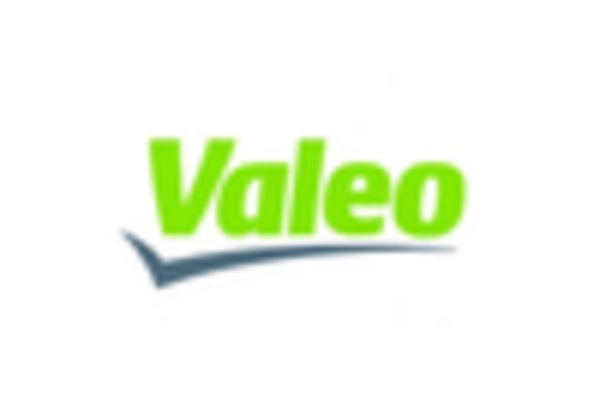Body Control Module Market Summary
As per MRFR analysis, the Body Control Module Market Size was estimated at 34.26 USD Billion in 2024. The Body Control Module industry is projected to grow from 35.74 USD Billion in 2025 to 54.44 USD Billion by 2035, exhibiting a compound annual growth rate (CAGR) of 4.3 during the forecast period 2025 - 2035.
Key Market Trends & Highlights
The Body Control Module Market is poised for substantial growth driven by technological advancements and evolving consumer preferences.
- The integration of Advanced Driver-Assistance Systems is becoming increasingly prevalent in the Body Control Module Market.
- North America remains the largest market, while the Asia-Pacific region is recognized as the fastest-growing area for body control modules.
- The high-end segment dominates the market, whereas the low-end segment is experiencing rapid growth due to rising demand.
- Key market drivers include the rising demand for vehicle electrification and the integration of advanced safety features.
Market Size & Forecast
| 2024 Market Size | 34.26 (USD Billion) |
| 2035 Market Size | 54.44 (USD Billion) |
| CAGR (2025 - 2035) | 4.3% |
Major Players
Robert Bosch GmbH (DE), Continental AG (DE), Denso Corporation (JP), Delphi Technologies (GB), Magneti Marelli S.p.A. (IT), Valeo SA (FR), Aptiv PLC (IE), Hella GmbH & Co. KGaA (DE), ZF Friedrichshafen AG (DE)


















Leave a Comment